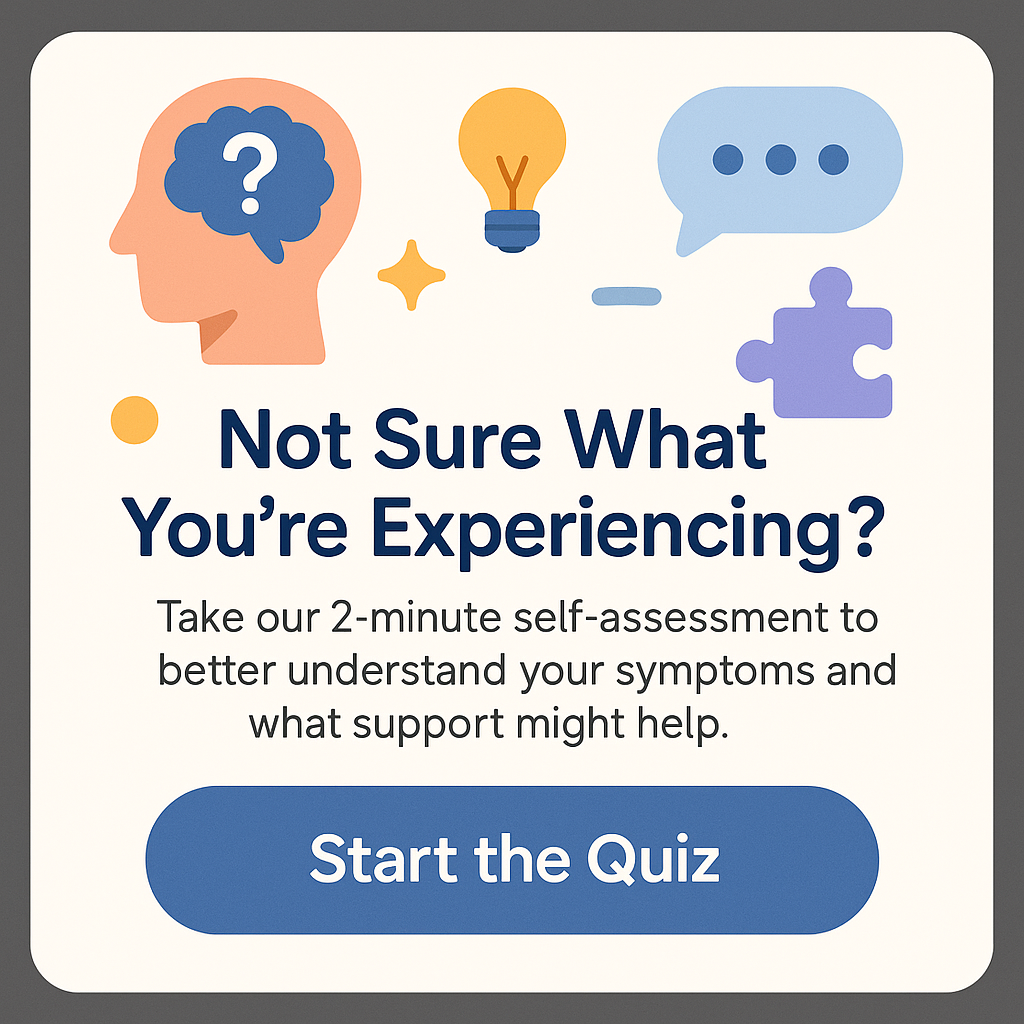How does ABA change behavior?
Discover how ABA changes behavior and improves lives! Explore effective techniques and benefits of applied behavior analysis today! Applied Behavior Analysis (ABA) is a powerful approach rooted in the principles of behaviorism, aimed at understanding how behaviors are learned and can be modified. Traditionally, ABA has been associated with the treatment of individuals with Autism Spectrum Disorder (ASD), but its applications extend far beyond that. From improving social skills to enhancing educational outcomes, ABA is effective in various settings. In this article, we will delve into what ABA really is and how it fundamentally alters behavior by employing various techniques and strategies.
Understanding ABA: The Basics of Behavioral Modification
To comprehend how does ABA change behavior?, it’s essential first to grasp the fundamentals of ABA itself. ABA is a scientific discipline concerned with analyzing and modifying human behavior. At its core, the focus is on observable behaviors rather than internal events like thoughts and feelings. Behaviorists believe that all behaviors are learned through interaction with the environment, and thus, behaviors can also be unlearned or modified using systematic techniques.
ABA operates on several key principles: reinforcement, punishment, and the concept of stimulus control. Reinforcement refers to providing a consequence for a behavior that increases the future occurrence of that behavior. For instance, if a child receives praise or a reward for completing their homework, the positive consequence reinforces the desired behavior, making it more likely to occur again. Conversely, punishment aims to reduce unwanted behaviors by introducing negative outcomes after the behavior occurs.
Additionally, ABA emphasizes the importance of understanding the context—specifically, the antecedents (what happens before a behavior) and consequences (what happens after a behavior). By analyzing these factors, therapists can identify why certain behaviors occur and how to effectively modify them.
Principles of Behavior Change in ABA
Exploring how does ABA change behavior? requires an understanding of the foundational components of behavior change in ABA. One of the primary strategies employed in ABA is the use of Functional Behavior Assessment (FBA). An FBA involves gathering data regarding specific behaviors to determine their purpose or function. This process helps identify triggers for undesired behaviors, allowing practitioners to develop tailored interventions that directly address those needs.
For example, a child might act out in a classroom not just for attention but because they are experiencing frustration with the learning material. Recognizing this helps educators adapt their teaching style or provide additional support. This tailored approach, focusing on individual needs, amplifies the effectiveness of ABA in changing behavior.
Another crucial aspect of ABA involves setting clear, measurable goals. Goals should be specific, achievable, and observable. For instance, if one aims to improve a child’s social skills, a measurable goal could be, “The child will initiate a conversation with a peer at least three times during recess.” By having precise targets, progress can be tracked, and interventions can be adjusted as necessary.
Additionally, ongoing data collection is integral to ABA. By continuously measuring outcomes, practitioners can ensure that the strategies remain effective and make evidence-based adjustments when required. This cycle of data collection and insights ultimately leads to improved behavior over time, illustrating the core query of how does ABA change behavior?
Implementing ABA Strategies in Everyday Life
Understanding how does ABA change behavior? also involves looking at how strategies can be integrated into daily environments, not just clinical settings. While many people associate ABA with therapists working with children with autism, the truth is it has applications for anyone seeking to understand their behaviors or change them. Here are a few settings where ABA principles can be effectively implemented:
Home Environment: Parents can use ABA techniques to shape child behavior positively. For instance, implementing a token economy—where children earn tokens for completing chores or exhibiting positive behavior—can foster motivation and responsibility.
Educational Settings: Teachers can adapt ABA strategies to motivate students and encourage participation. Offering praise and rewards for academic efforts can result in enhanced learning outcomes for students who might struggle in conventional settings.
Workplace:** Employers can benefit from ABA too. Understanding how rewards, recognition, and feedback impact employee performance can lead to a more productive work culture. Implementing recognition programs that celebrate achievements encourages positive behaviors among team members.
Healthcare: ABA principles are even useful in promoting healthier lifestyle choices. By providing incentives for reaching exercise milestones or dietary goals, individuals are more likely to adopt and maintain healthier behaviors.
Once these strategies are in place, the consistent reinforcement of desired behaviors leads to habit formation. Just like training a dog, regular practice, and positive reinforcement can alter behaviors significantly, showcasing yet another way how does ABA change behavior?
Benefits of Using ABA for Behavior Modification
The benefits of using ABA techniques can be far-reaching. Here are some of the advantages that illustrate the effectiveness of this approach:
- Customizability: ABA interventions can be tailored to meet the unique behavior needs of individuals. This personalization increases the chance of successful outcomes.
- Evidence-Based Approach: ABA strategies are grounded in research and data, making them reliable methodologies for behavior change.
- Skill Development: Beyond merely correcting undesirable behaviors, ABA is instrumental in teaching new skills—social skills, communication, and academic performance.
- Family Empowerment: ABA encourages family involvement in treatment plans, fostering a collaborative atmosphere that enhances learning and behavior change.
- Adaptability: As needs evolve, ABA allows for intervention strategies to be modified accordingly. This flexibility is crucial in ensuring continued growth.
Another point worth mentioning is how relationships build through ABA. When therapist, family, and individual work closely together, a supportive environment is created, which is conducive to successful behavior change. Trust is built, and as progress is made, individuals begin to see what’s possible, further motivating them to embrace positive behavioral changes.
As we explore the narrative of how does ABA change behavior, we can see that it fosters growth not only at the individual level but also enhances family dynamics and improves social interactions.
Success Stories: Real-Life Applications of ABA
To further illuminate how does ABA change behavior, let’s explore a few real-life success stories demonstrating its effectiveness:
Case Study 1: Emily, a Child with Autism
Emily, a six-year-old diagnosed with autism, struggled significantly with social interactions and communication. Her parents sought ABA services, where a board-certified behavior analyst worked closely with her to identify specific social skills she needed to develop. Through play therapy, role-playing, and systematic reinforcement (like social praise for initiating interactions), Emily made remarkable strides. Within six months, she was not only approaching peers to play games but also engaging in conversations, showcasing the transformative potential of ABA.
Case Study 2: Max in the Classroom
Max was a student with disruptive behavior issues in school, often receiving disciplinary actions. His teacher implemented ABA techniques to understand why he was acting out. Through FBA, it was discovered that disruptions often occurred because Max sought attention in a chaotic learning environment. Utilizing positive reinforcement methods, his teacher encouraged appropriate engagement during lessons and created a structured, predictable environment. As a result, Max’s behavior improved, leading to better academic performance and his relationships with peers.
Case Study 3: Business Setting
In a corporate setting, a company noticed a dip in productivity and team morale. They decided to implement ABA principles in their leadership training programs. By incorporating systems of feedback and recognition, employees felt valued, leading to increased motivation and a significant boost in productivity. This change highlighted an often overlooked area—how ABA can change behavior not just in clinical settings but in everyday organizational culture.
The Future of ABA in Behavior Change
The field of ABA continues to evolve, incorporating new research and techniques to enhance the understanding of behavior modification. As technology advances, we’re beginning to see apps and digital platforms being used to track behaviors, monitor progress, and provide feedback, making ABA more accessible. Additionally, the growing focus on social-emotional learning (SEL) integrates ABA principles in educational systems to promote holistic student development.
As we explore the future of ABA, we see a trend toward increasing awareness about mental health and wellness, pushing for the need for intervention programs that are proactive rather than reactive. Moreover, as ABA practitioners continue to advocate for individuals with disabilities within society, the application of ABA logically expands into new arenas—from addiction recovery to the workplace and beyond.
In summary, how does ABA change behavior? By understanding and addressing the core principles of behavior modification—from reinforcement to flexible, data-driven strategies—ABA provides individuals with the tools they need for personal growth and improvement across multiple settings.
Conclusion
Applied Behavior Analysis is more than just a treatment approach; it’s a comprehensive strategy that transforms how individuals learn and grow. By understanding how does ABA change behavior? we can appreciate its vast applications and potential impact on various aspects of life. Whether you’re a parent, educator, or simply someone looking to change their behavior patterns, understanding the tenets of ABA can empower you. The key lies in recognizing that behavior is not set in stone but can be continuously shaped through careful observation, planning, and reinforcement.
As we move forward, embracing similar principles in our personal and professional lives can pave the way for improved relationships, better outcomes in education, and a society that thrives on support and collaborative growth. It may be a conversation starter, a chance to share, or even a moment of personal reflection—whatever it may be, knowing how to harness the power of ABA gives us the opportunity to affect meaningful change.
FAQs
1. What is ABA?
ABA stands for Applied Behavior Analysis, a scientific approach focused on understanding and modifying human behavior through observed actions and environmental influences.
2. Who can benefit from ABA?
ABA is primarily known for its effectiveness in individuals with autism, but it can benefit anyone looking to change or improve behaviors, including children and adults in various settings.
3. How long does ABA therapy take to show results?
The timeline for observing results can vary widely depending on various factors such as the individual, the specific goals, and the intensity of the intervention. Typically, families can begin to observe changes within a few weeks.
4. Can ABA techniques be used at home?
Absolutely! Parents and caregivers can implement ABA strategies at home to encourage desired behaviors in children, using techniques like positive reinforcement.
5. Is ABA only for children?
No, while ABA is commonly associated with children, it is effective for individuals of all ages and can be applied in various settings, including schools and workplaces.







